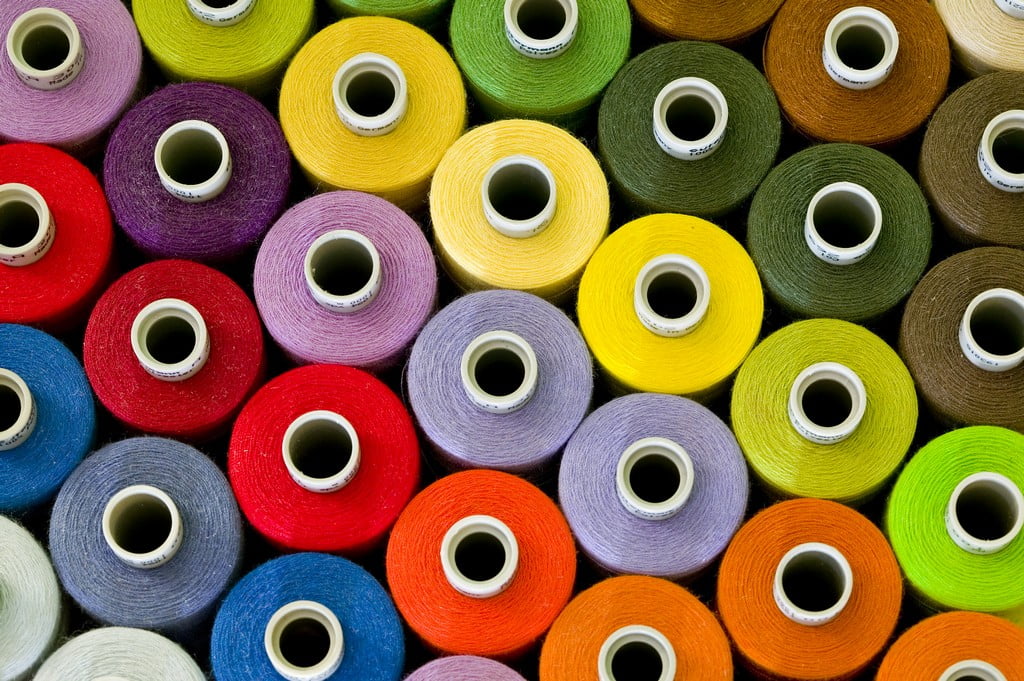Not all embroidery threads are made the same. Depending on your design — including size, color, and intended use for the project — it’s important that you understand the options available to you when choosing the right thread for your next project.
Read on to learn about the many choices you have when choosing the thread for your embroidery design.
Variegated Colors
Many prefer the traditional, classic look of a solid, single-color embroidery thread. But what if you want to stand out?
A popular option is an embroidery thread with monochrome colors that shift gradually (think dark blue fading into light blue.) Another color option is a thread with colors that twist (dark blue twisted with light blue.)
This can result in unique, appealing designs like multi-colored clouds.
Or maybe you want to go bold with contrasting colors? If this is the case, you may consider a thread that changes color abruptly – for example, red, white, and blue.
There’s More to It Than Rayon
By and large, the most common embroidery thread materials are polyester and rayon, both of which are durable, inexpensive materials.
But cotton is often overlooked. Cotton performs well in machines and can result in very fine, intricate designs.
Silk thread, which tends to be a more expensive option, is another popular option. Silk absorbs dyes very easily and is also durable, making it a good choice for heirloom or traditional projects.
Matte vs. Sheen vs. Metallic Embroidery Threads
After you’ve chosen a color (or colors!) here’s where we can start to have fun.
Matte color options are run-of-the-mill. Why not consider a thread with sheen or even metallic elements?
Thread with sheen is a popular option offering a bit of reflection and visual appeal.
But what if you want more?
The filaments in metallic thread can offer an even brighter reflective nature to the design, making this a fun choice for many embroidery designs (think classic car logos!).
Let’s Get Wild
Bright pink metallic not enough for you?
If you’re still wanting more, there are a couple of additional embroidery thread options for you.
Glow-in-the-dark embroidery threads are popular, especially for kids or for designs that you want to be visible in low lighting. These can be good options for certain holidays, like Halloween.
There are solar reactive threads, too! These react with sunlight to change color.
Now that makes for an eye-catching design!
Thickness
The most common embroidery thread is 40 weight (wt). But if you need a tighter, more intricate design, 60 wt will allow for this.
Conversely, 30 wt allows for thicker designs and can be more cost-effective if covering a large area.
Leave it to the Pros
Of course, it takes an expert to understand how to properly use such specialty embroidery threads in a design.
For example, threads with metallic or sheen finishes may need to be handled more carefully, or paired with specific fabrics. And thicker threads (e.g. 60 wt) will require different needle sizes than 40 wt.
To reduce the friction and tension of thread (and therefore reducing thread breakage) ensure that your designer knows exactly what needle and machine specifications to use on your project.
We can help you with your next project. We’re the pros with embroidery digitizing and taking into account any special needs.
Contact us today to talk about your embroidery project and how we can help with digitizing your design!

